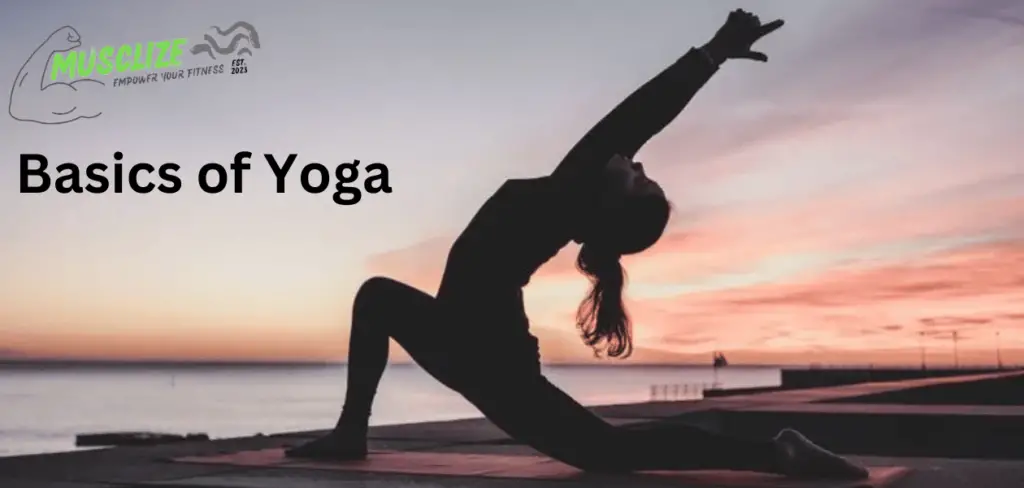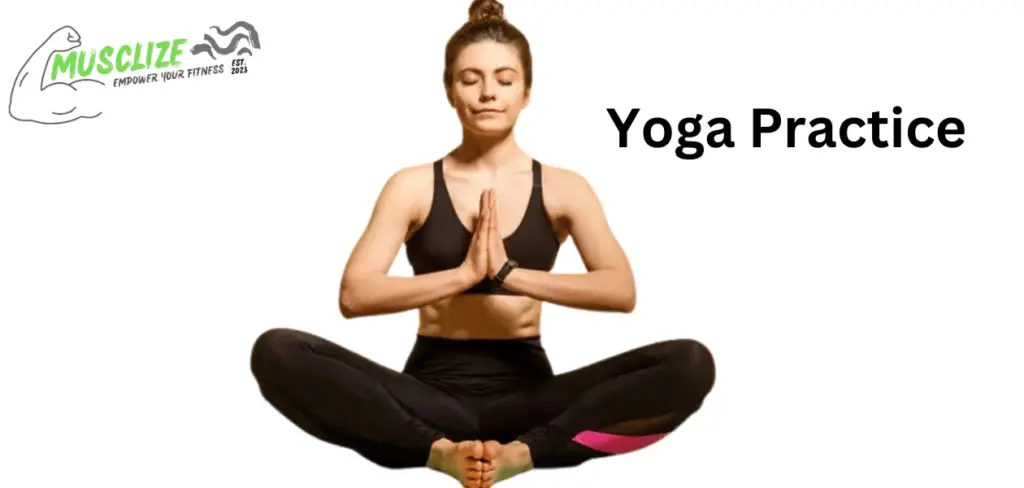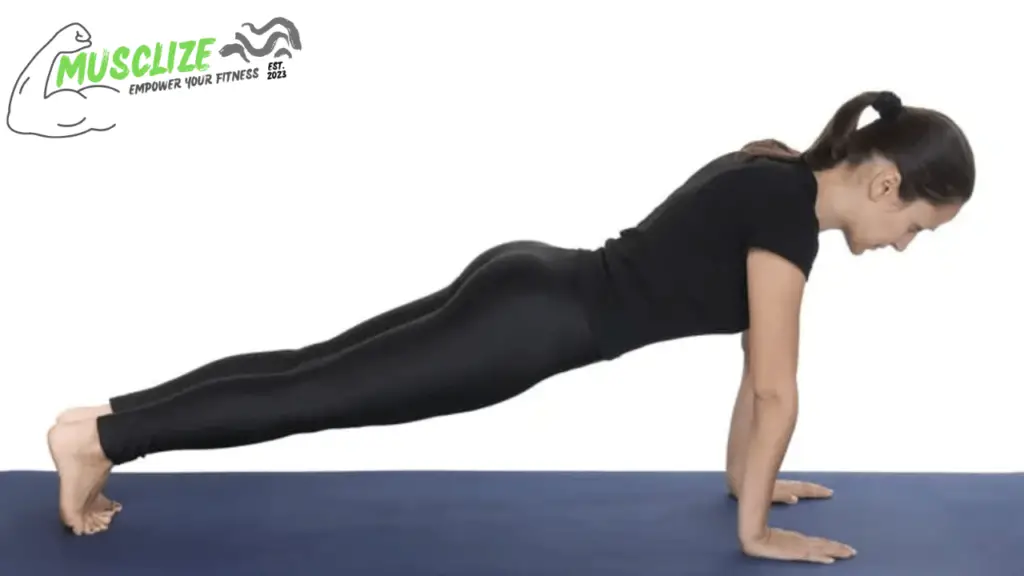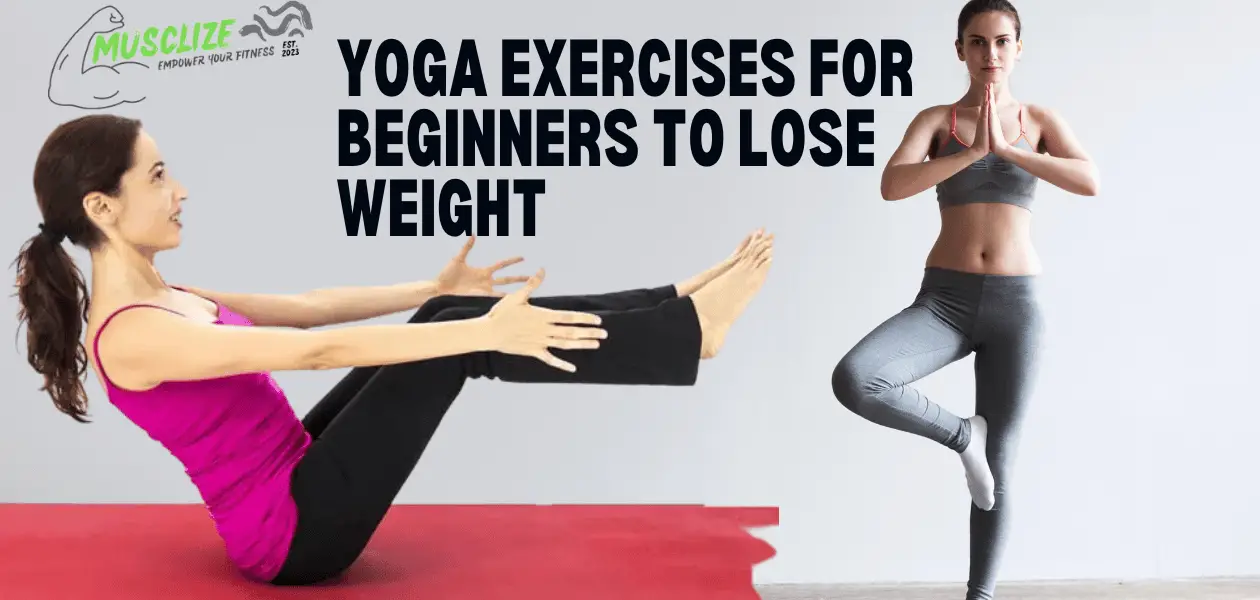A holistic approach to wellness and weight loss
Yoga, which has its roots in ancient Indian traditions, attempts to integrate the mind, body, and spirit and is more than just a form of exercise.. It goes beyond merely shedding pounds on a scale; instead, it seeks to cultivate overall well-being and a balanced lifestyle. Yoga provides a thorough strategy for weight loss that targets the underlying causes of uncontrollable weight gain by incorporating several postures (asanas), breathing techniques (pranayama), and meditation practices (dhyana).
The science behind yoga and weight loss
At its core, yoga aids in weight loss by stimulating the body’s metabolism and promoting healthy digestion. By engaging in regular yoga practice, individuals can increase their metabolic rate, which helps burn calories more efficiently.
Additionally, certain yoga poses promote detoxification by massaging internal organs and enhancing blood circulation. This process removes toxins from the body that can hinder weight-loss efforts.
Moreover, yoga promotes mindfulness and self-awareness. Many individuals turn to food as a coping mechanism for stress or emotional imbalance.
Practicing yoga encourages awareness of these patterns and provides alternative methods for managing emotions without resorting to unhealthy eating habits. By cultivating mindfulness on the mat, individuals develop greater control over their diet choices off the mat.
The importance of starting with beginner-level exercises
When embarking on a journey toward weight loss through yoga, it is crucial to begin with beginner-level exercises. These introductory poses allow individuals to familiarize themselves with proper alignment techniques while gradually building strength, flexibility, and stamina.
Starting slowly helps prevent injuries caused by pushing one’s limits prematurely. Moreover, beginners should focus on mastering foundational poses before moving on to more advanced ones.
Building a solid foundation reduces the risk of injury and ensures that individuals can maintain proper form throughout their yoga practice. By starting with beginner-level exercises, individuals can establish a solid yoga practice that is a sustainable and effective tool for weight loss.
Yoga presents a holistic approach to weight loss by harmonizing the mind, body, and spirit. By enhancing metabolism, encouraging healthy digestion, cleansing the body, and encouraging mindfulness, it aids in weight loss.
Starting with beginner-level exercises is essential for building a solid foundation and preventing injuries. With this understanding of the fundamentals of yoga as it relates to weight loss, let us delve further into the basics of this ancient practice and explore suitable styles for beginners.
Understanding the Basics of Yoga

Definition and Origin of Yoga
Yoga, derived from the Sanskrit word “yuj,” means union or connection. It is an ancient practice that originated in India over 5,000 years ago. Yoga encompasses a holistic approach to achieving balance and harmony in mind, body, and spirit.
While it is commonly associated with physical postures (asanas), yoga is more than exercise. It combines physical movement with breath control, meditation, ethical principles (yamas and niyamas), and philosophical concepts to promote well-being.
Explanation of Key Principles: Breath Control, Body Alignment, and Mindfulness
Three fundamental principles form the core of yoga practice: breath control (pranayama), body alignment (asana), and mindfulness (dharana). Pranayama techniques involve conscious manipulation of the breath to regulate energy flow in the body.
This fosters a deep mind-body connection while increasing oxygen intake and calming the nervous system. Body alignment is vital in yoga, as it ensures proper posture during asanas.
Each pose has specific alignment cues that help optimize stretch, strength, and stability and prevent injury. Mindfulness complements these principles by encouraging practitioners to stay fully present and cultivating awareness of bodily sensations, thoughts, and emotions without judgment.
Introduction to Different Styles of Yoga Suitable for Beginners
Various styles or forms of yoga are available today that cater to different preferences and needs. For beginners looking to initiate their journey into yoga for weight loss purposes, some styles provide an excellent starting point: 1. Hatha Yoga: This traditional style focuses on foundational postures with longer holding times for improved flexibility and strength development.
It provides an ideal introduction for beginners, emphasizing proper alignment while promoting relaxation. 2. Vinyasa Flow: a dynamic and fluid style where movements seamlessly flow from one pose to another, synchronizing breath with movement.
This style can help beginners build cardiovascular endurance while encouraging calorie burn. 3. Yin Yoga: a slow-paced practice that targets deep connective tissues, promoting flexibility and joint mobility.
It involves holding poses for an extended period, often with the support of props. Yin yoga is suitable for beginners who seek relaxation and stress reduction.
4. Iyengar Yoga: Known for its attention to detail, Iyengar yoga encourages props like blocks, straps, and bolsters to achieve proper alignment and support. Focusing on precision and body awareness, this style helps beginners develop strength, stability, and concentration.
By understanding the principles of breath control, body alignment, and mindfulness while exploring different yoga styles suitable for beginners, individuals embarking on their weight loss journey can select a practice that resonates with them personally. These foundational aspects lay the groundwork for a safe and effective yoga practice that supports overall well-being both on and off the mat.
Preparing for Your Yoga Practice

Creating a Peaceful Environment at Home or Finding a Suitable Studio
Finding the right environment for your yoga practice ensures maximum focus and tranquility. If you practice at home, designate a space without distractions and clutter.
Clear the area of any furniture or objects that may hinder movement. Add calming music, scented candles, or incense to enhance the ambiance.
On the other hand, if you prefer practicing in a studio setting, research local yoga studios that align with your preferences and values. Pay attention to cleanliness, atmosphere, and instructor expertise to ensure a positive experience.
Choosing Comfortable Clothing and a Non-Slip Yoga Mat
Optimal comfort during yoga practice begins with your choice of clothing. Select clothes made from breathable fabrics like cotton or moisture-wicking materials that allow for ease of movement without restriction. Avoid loose-fitting attire that may slide around during certain poses and distract you from focusing on your practice.
Investing in a high-quality, non-slip yoga mat is crucial for stability and safety while performing various asanas (poses). Look for rugs with good cushioning to support your joints during floor-based exercises.
Practicing Proper Warm-Up Exercises Before Starting the Routine
Before diving into intense yoga poses, preparing your body adequately through warm-up exercises is crucial. Begin by gently mobilizing each joint in circular motions—neck rolls, shoulder shrugs, wrist rotations—and gradually progress towards larger joints like hips and knees with controlled movements such as cat-cow stretches or gentle lunges.
Dynamic stretches like arm circles or leg swings can help warm up major muscle groups effectively. Additionally, performing light cardiovascular activities such as brisk walking or jogging in place increases heart rate and blood circulation, priming your body for the yoga session ahead.
Remember, an adequate warm-up reduces the risk of injuries and enhances your body’s flexibility and responsiveness to the subsequent yoga routine. Creating a peaceful environment, choosing suitable attire, and practicing proper warm-up exercises contribute significantly to ensuring a fruitful yoga practice.
By setting up an atmosphere that encourages focus and relaxation, you can enhance the mind-body connection essential for reaping the many benefits of yoga. Remember that even small details like comfortable clothing and a non-slip mat can significantly impact your overall experience by providing stability and comfort throughout your practice.
Dedicating time to proper warm-up exercises will prepare your body for the demands of various poses while minimizing the risk of injury. With these preparations in place, you are ready to delve into the transformative world of yoga for weight loss.
Beginner-Level Yoga Poses for Weight Loss

Sun Salutation (Surya Namaskar)
The Sun Salutation, or Surya Namaskar, is a powerful sequence of asanas that forms the foundation of a yoga practice. It consists of twelve poses that flow rhythmically together, creating a beautiful and synchronized movement.
Begin by standing at the top of your mat with your palms pressed together at your heart center. Inhale sincerely as you raise your arms overhead and arch back slightly, then exhale as you fold forward from the hips, placing your hands next to your feet.
Inhale and step back into a plank position, lowering yourself into chaturanga dandasana on an exhale. From this position, inhale while lifting your chest into a cobra or upward-facing dog pose, then exhale while pushing back into a downward-facing dog..
This is just the beginning; repeat the sequence to complete one round. The Sun Salutation offers numerous benefits besides weight-loss potential.
It helps improve flexibility and strength in various muscle groups such as the arms, legs, core, and back while enhancing blood circulation and promoting relaxation by synchronizing breath with movement. A single round of Sun Salutations can burn approximately 120–150 calories, depending on duration and intensity.
Standing Poses
Warrior I (Virabhadrasana I) is an empowering standing pose that targets multiple muscles while aiding weight loss efforts. To perform this pose correctly, start vertically with feet apart, wide enough to provide stability.
Step one foot backward about four feet behind you while rotating it slightly outward; align the front heel with the back foot’s arch for optimum balance. Make sure both hips are facing forward, then bend your front knee at a 90-degree angle while maintaining it in line with your ankle.
Extend your arms upward, reaching the sky, and hold the pose while focusing on deep inhalations and exhalations. Warrior I primarily engages the quadriceps, glutes, core muscles, and shoulders.
By strengthening these muscle groups, it promotes calorie burning and muscle toning. Triangle Pose (Trikonasana) is another effective standing pose for weight loss that targets the core muscles while improving balance and stability.
Stand with your feet about three to four feet apart, extending your arms parallel to the floor. Turn your right foot out 90 degrees and pivot your left foot slightly inward.
Inhale deeply as you reach forward with your right hand, tilting your torso sideways while lowering it towards your right leg without bending at the waist. Place your right hand on either the shin or ankle of your right leg, or use a block for support if necessary.
Extend your left arm straight towards the sky with your palms facing forward while keeping both legs straight but not locked at the knees. This pose strengthens the core muscles, including the abs and obliques, stimulates digestion, and improves flexibility in the hamstrings and hips, all of which aid in weight loss.
Seated Poses
The advantageous seated exercise known as Bridge Pose (Setu Bandhasana) stretches the chest and neck while working the glutes, thighs, and core muscles. Lie on your back with knees bent near hip-distance apart; ensure that feet are grounded firmly on the floor close to buttocks width apart but not too close as it may impair stability. Keep arms extended alongside your body with palms facing down for additional grounding support if required during this exercise; later, try interlacing fingers underneath you or placing hands on your lower back for increased challenge level once you have mastered the basic posture setup described above correctly.
Cobra Pose (Bhujangasana) is an invigorating seated pose that strengthens the back muscles and helps improve flexibility and posture. Lay on your stomach with your legs fully extended in front of you.
Put your hands together with your fingers pointing forward, just below your shoulders.. Take a deep breath as you lift your chest off the ground using the power of your back muscles and press the tops of your feet into the mat.
Keep a gentle bend in your elbows and avoid putting too much weight on them. Cobra pose helps strengthen the lower back, tones abdominal muscles, stimulates digestion, opens the chest and lungs, and improves circulation.
Conclusion
Incorporating beginner-level yoga poses into a weight loss journey can have transformative effects on both mind and body. By practicing Sun Salutations regularly, individuals can enjoy an energizing full-body workout that not only aids in burning calories but also enhances flexibility and promotes relaxation.
Standing poses like Warrior I and Triangle Pose also target major muscle groups while improving stability and balance. Seated poses such as the Bridge Pose and Cobra Pose engage core muscles while strengthening the back, glutes, and thighs and improving posture.
Remember that yoga is a holistic practice beyond physical exercise alone—it encompasses mindfulness and breath control. Yoga can help you lose weight, so as you start your journey, accept each pose with care and consistency.
Celebrate progress rather than perfection to cultivate a positive mindset that supports long-term success in achieving your goals. So roll out your mat confidently, breathe deeply, find joy in movement, and let yoga guide you toward a healthier body and a more balanced mind!

